preparation of a master plan for the renewal of the community infrastructure for 90 juveniles
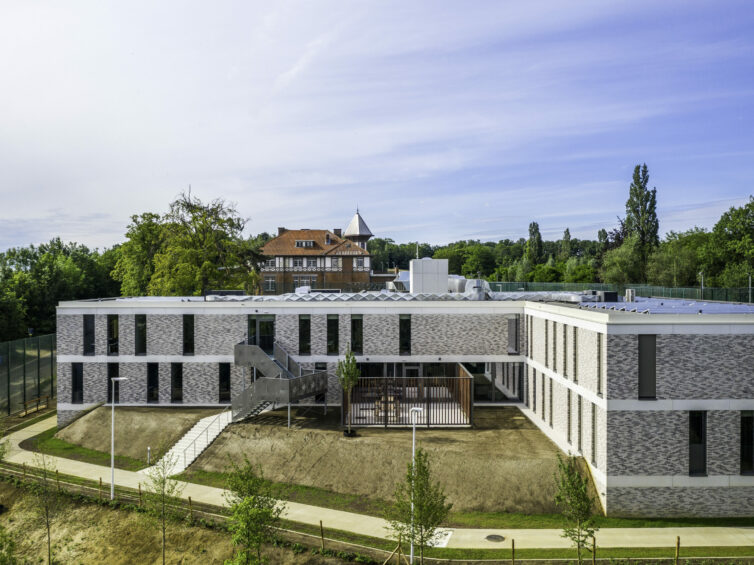
preparation of a master plan for the renewal of the community infrastructure for 90 juveniles

De Grubbe is a secure community institution for young people aged 14 to 18 who have committed or are suspected of committing a crime. The institution is run by the Flemish Government’s Opgroeien Agency, formerly known as Jongerenwelzijn.
The master plan for De Grubbe is part of a major renewal operation that aims to transform the institution from an outdated penal institution into a contemporary campus within the meaning of the new legislation on juvenile delinquency, which emphasises education and reintegration. When completed, De Grubbe will house 90 young people, in communities of up to ten.
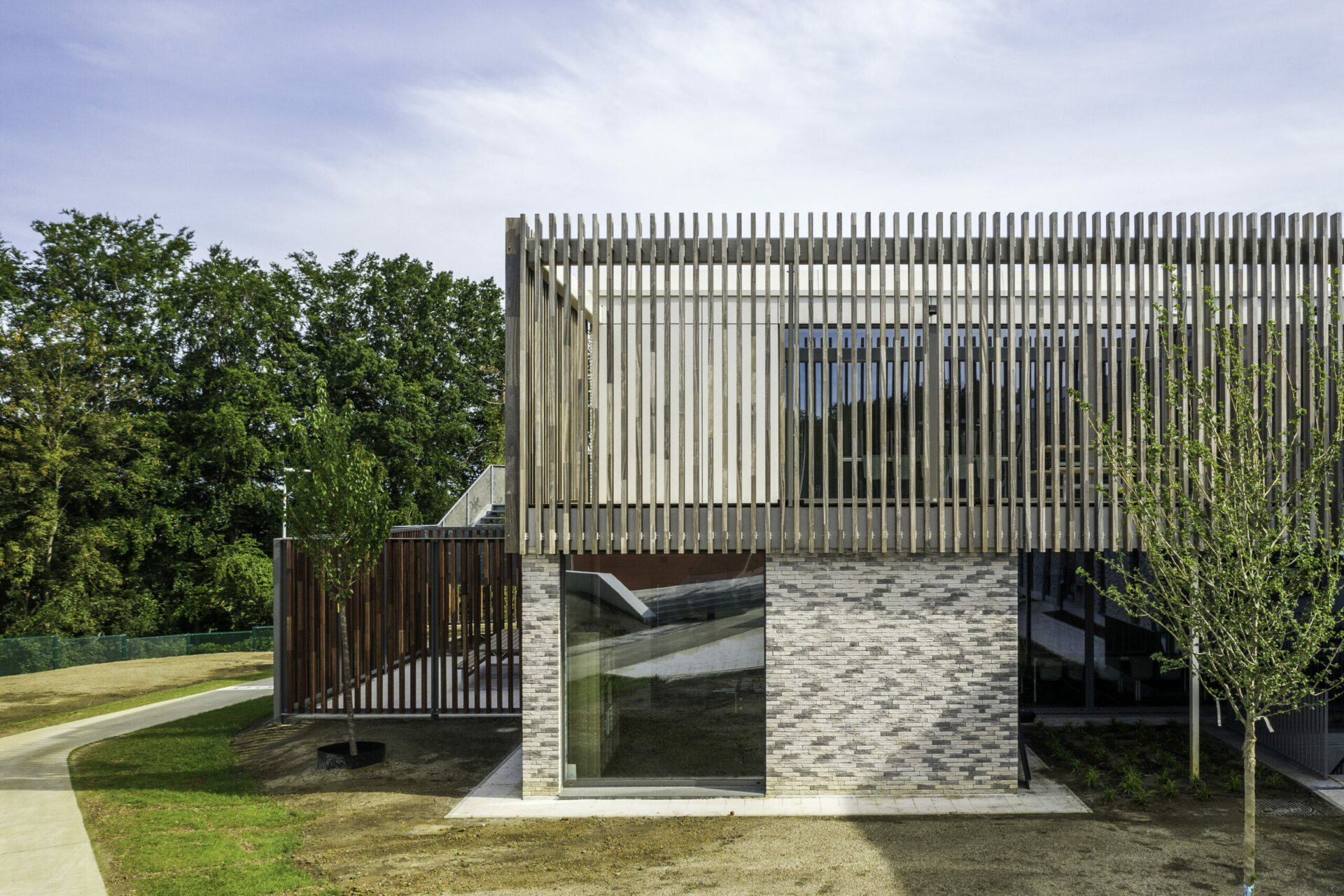
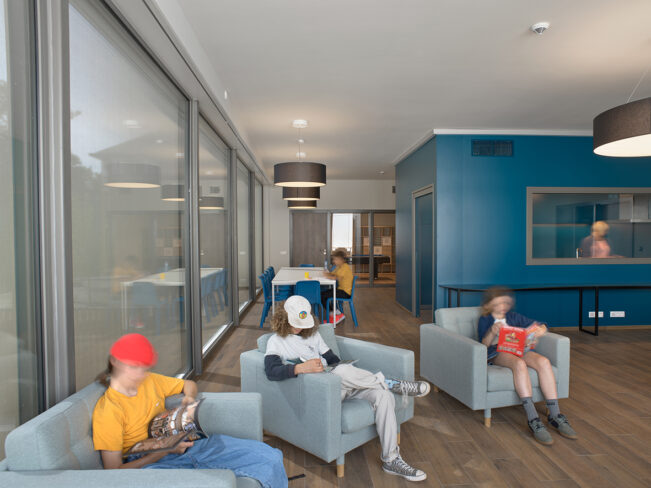
| program | preparation of a master plan for the renewal of the community infrastructure for 90 juveniles |
| client | Régie des Bâtiments • Agentschap Opgroeien • Facilitair Bedrijf |
| address | Hollestraat 78 • 3078 Everberg |
| building type | learn • protect |
| status | completed |
| expertises | |
| offices | antwerp |
| size | 4.950 m² |
| team | • stability design office: Fraeye & Partners • technical equipment design office: Ingenium • safety co-ordination: Bovex |
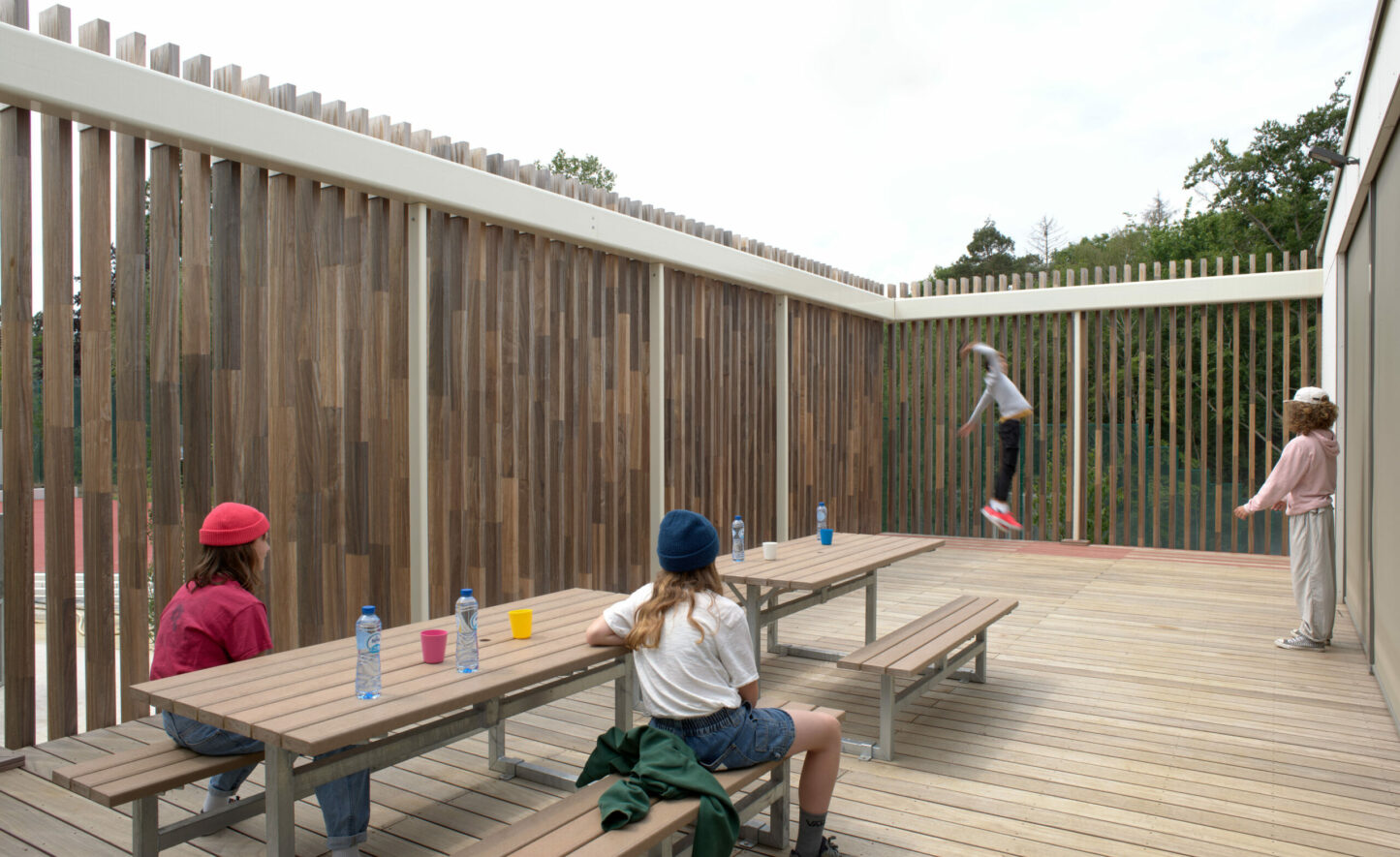
The operation consists of three major stages, with assar architects as architect in each case:
• new construction of the multi-purpose building (building P) 2015 . 2017
• de Grubbe masterplan, complete redevelopment of the site with the construction of two new community buildings (buildings A & B) 2018 . 2022
• renovation of a historic mansion into a school building (building V) 2019 . 2022
The assignment of assar architects was initially limited to the new construction of the P-building. In order to meet the strict timetable, and in order to adequately translate the political vision of Opgroeien (youth welfare) into an architectural vision and to ensure strict budgetary control, the assignment had to be extended. The construction process is being carried out in phases so that the initial capacity of 40 young people can be guaranteed at all times. In each phase, part of the site is removed from the secure perimeter and developed as a construction site. In this way, the facility can continue to operate throughout the process, without causing any nuisance or safety risks.
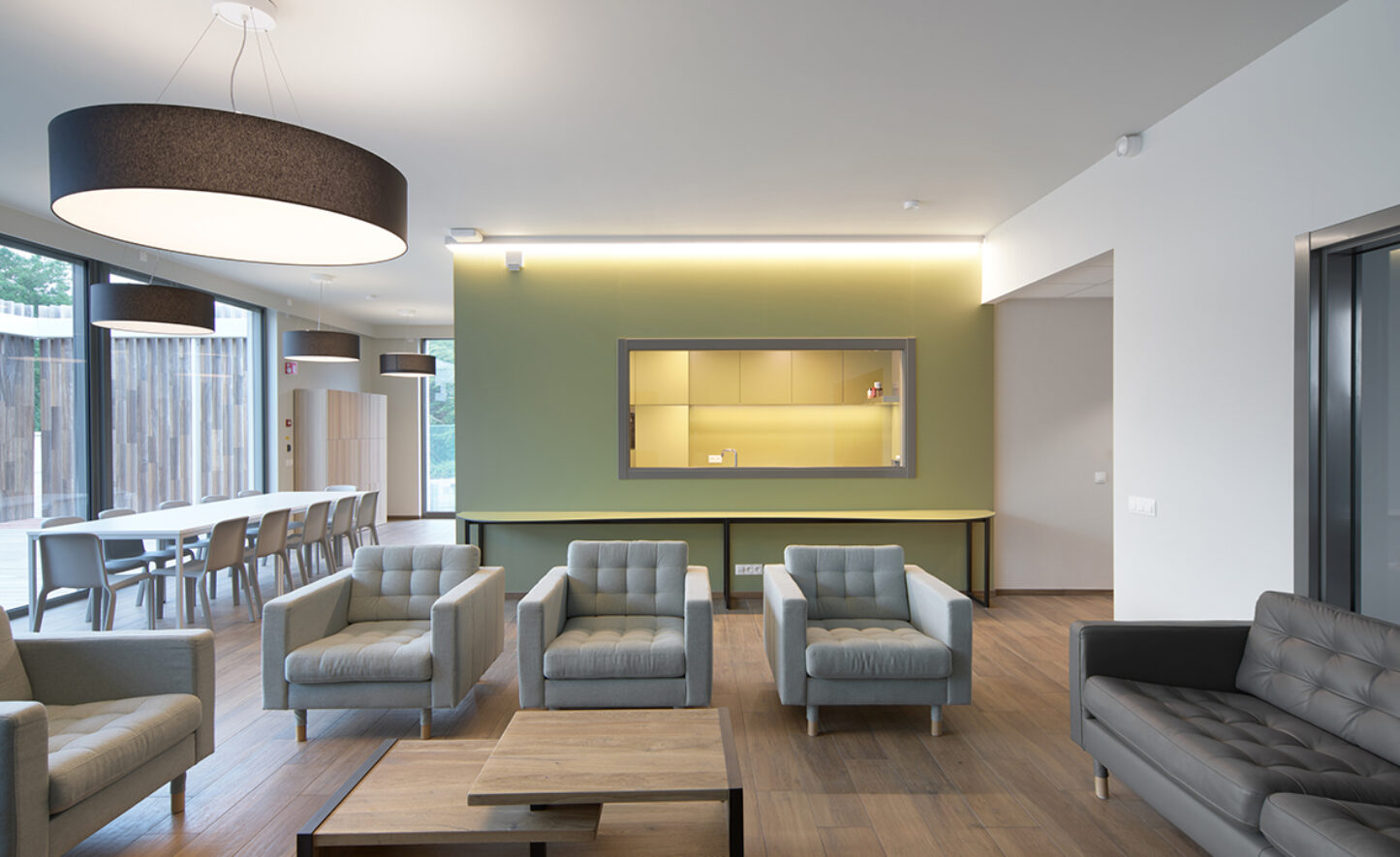
The renovated institution was designed according to a campus model: four independent buildings surrounded by a green space, water, and a variety of sports fields. A running track, which also serves as a footpath and fire department access road, winds between the buildings. At only two storeys high, the three new buildings (P, A and B) nestle comfortably in its hilly, green landscape.
Only the villa, traditionally the focal point of the site, stands out proudly. The campus is separated from the outside world by a high perimeter fence, equipped with anti-climbing nets. A green buffer zone surrounds the site and preserves the privacy of the young people.
Building P is the only building on campus that is part of the perimeter itself. It serves as a reception building, through which the entrance and exit to and from the institution is controlled. It is the interface between the institution and the outside world. In addition, it has many other functions. For the staff, it serves as a base for operations. It contains the control centre, as well as the majority of offices and meeting rooms.
For the young people, it is their ‘home from home’, where they attend classes, have access to a sports hall and fitness centre, or engage in other activities. Visitors can go to the reception centre to talk to a young person. With the exception of a few contact points in the visiting room, meeting rooms and classrooms, all traffic flows are carefully separated from each other.
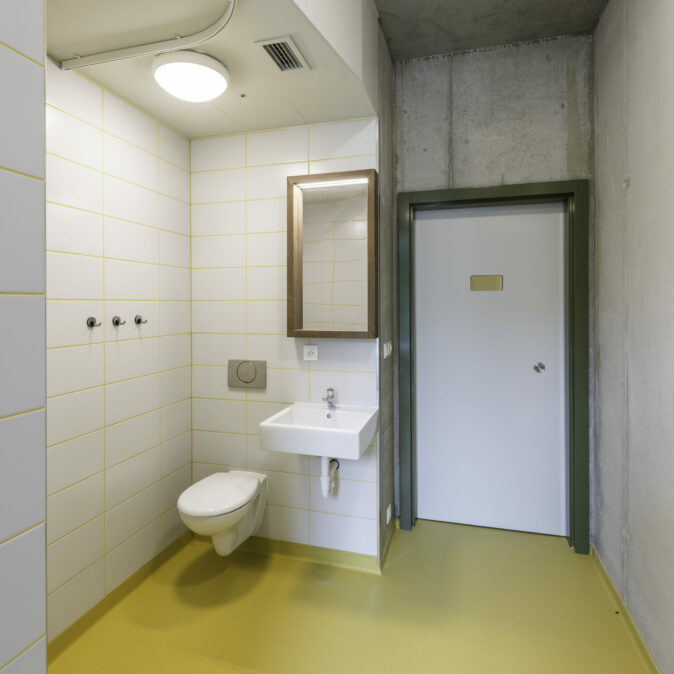
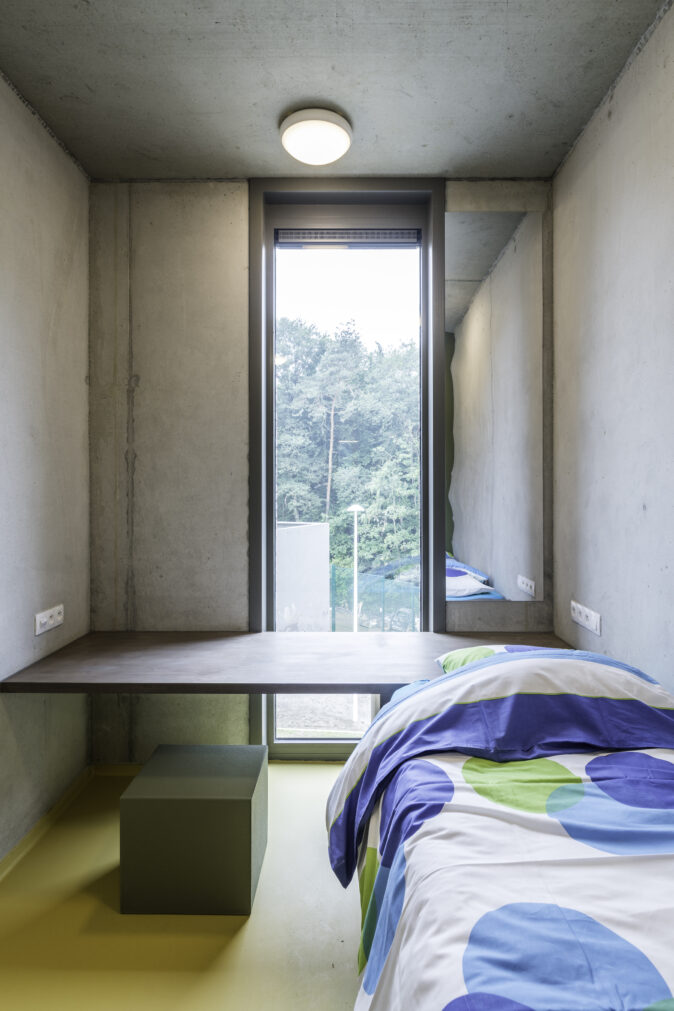
The community is the home for the young people during their stay in De Grubbe. The young people live, eat, cook, and relax together in communities of up to 10 young people, accompanied by a minimum of 2 carers. Each young person has his or her own room with a bed, desk, and bathroom. The two community buildings have a similar layout. They have two floors, each with three wings. Each wing – six per building – forms an independent whole, with a direct exit to the outside.
Building A contains five communities (50 young people) and an office area for staff responsible for the day-to-day supervision of the young people. Building B contains four communities (40 young people), a staff area, and a security unit with four ‘bare’ rooms where a young person can be placed in temporary isolation. In the centre of the building, on each floor, there is a room for accompanying staff, which is directly connected to each wing. The accompanying staff rooms form the nerve centre from which the communities are monitored and supported. They also have access to the lift and the internal staircase so that they can easily reach all parts of the building. With its modular structure, the institution can easily respond to the changing needs of the Flemish youth welfare landscape. A new target group can easily be accommodated in one of the communities or an office wing can be converted into teaching or recreational rooms.
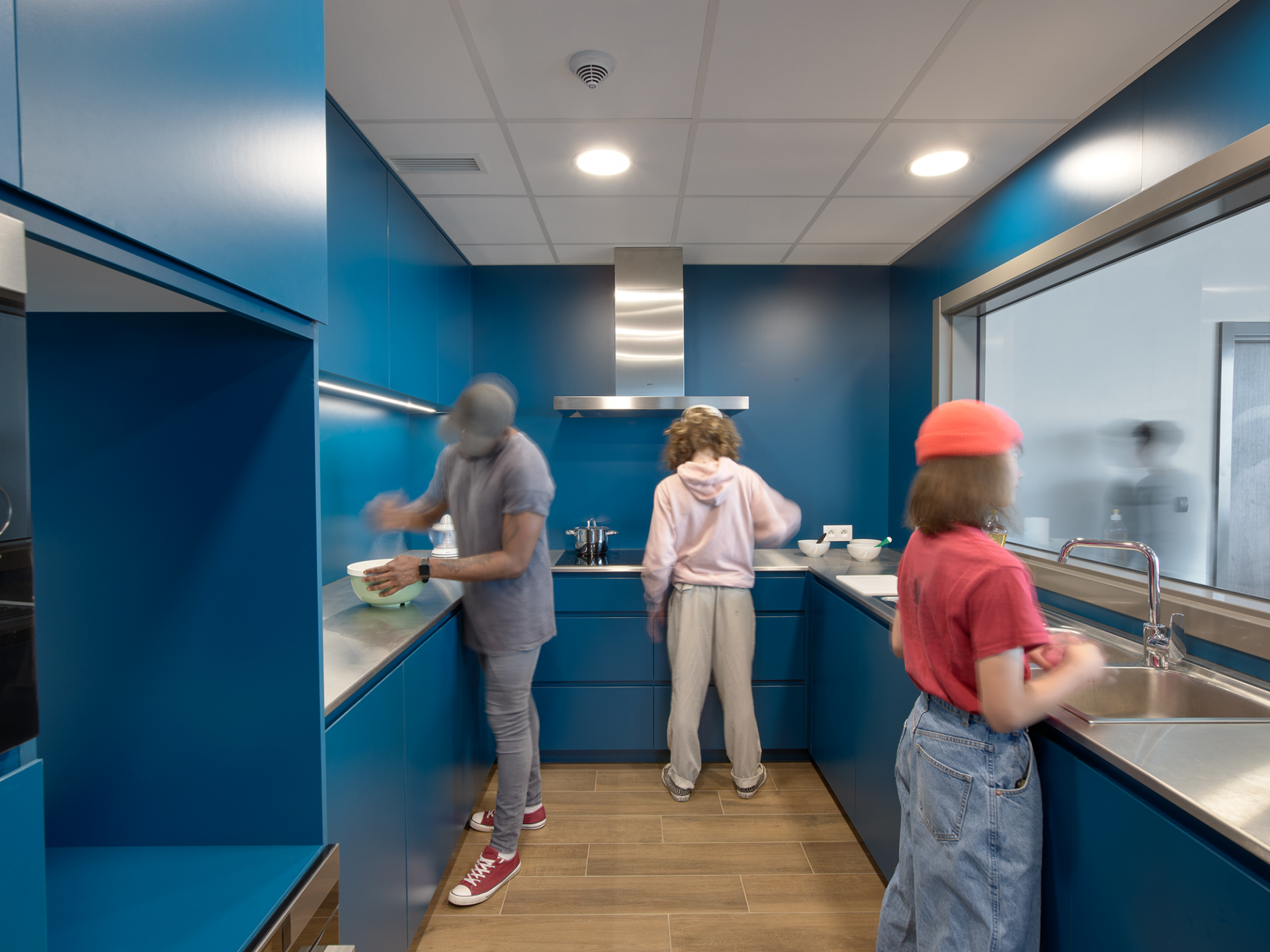
The final part of the renewal process is the renovation of Villa De Grubbe into a school building for young people. This stately manor house from the early 20th century has been completely renovated over the years but is currently in a poor state of repair. The building will be restored, considering both the original historical design and the modern requirements for safety, comfort, and durability.
The design of this juvenile facility is a delicate balancing act between security and normality. While the campus must meet stringent security requirements, it is above all a place where young people learn to rediscover their role in society. Its design therefore makes use of materials such as exposed concrete and hardwood, which combine their robustness with a roughly textured but warm appearance. In addition, many security measures have been visually ‘neutralised’ by attention to detail and inventive design choices (e.g., hardwood cladding and perforated steel sheets as an alternative to bars). In combination with the lighthearted colour choices – made by the young people – this creates a place where they can feel at home.
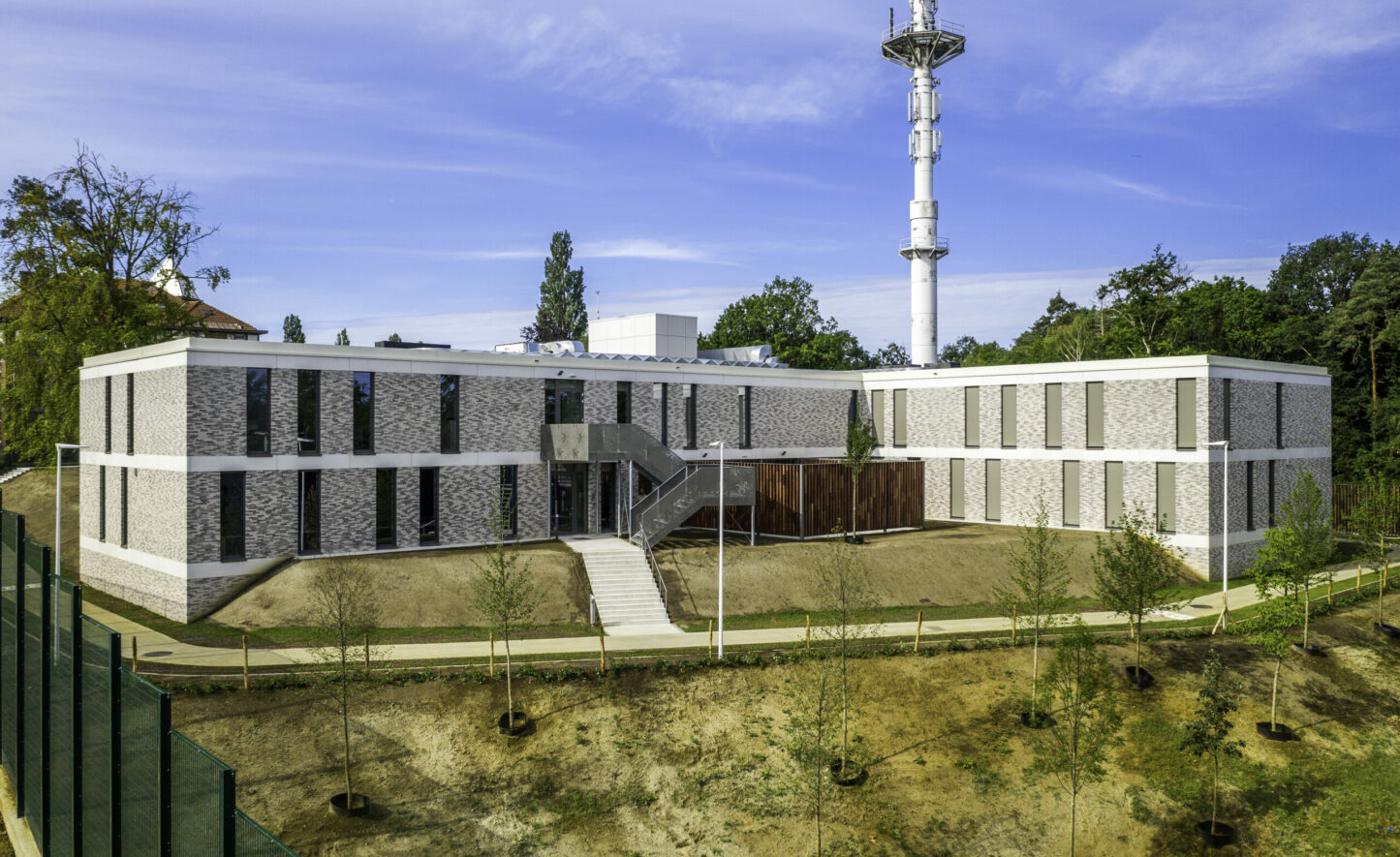
The renovation of Villa De Grubbe is a good example of sustainability in practice. A dilapidated historical manor house that has been converted into a modern school building, with classrooms and offices, in a high security environment. The work has been carried out using the box-in-box method. The exterior of the building was restored according to historical principles so that it would last as a legacy for generations to come. However, the interior has been transformed into a modern building that meets all quality standards and provides the scope for flexible use. Through careful selection of materials and details, the building can easily be adapted to changing needs in the future. During the design process, the GRO sustainability assessment tool was used to check various aspects.
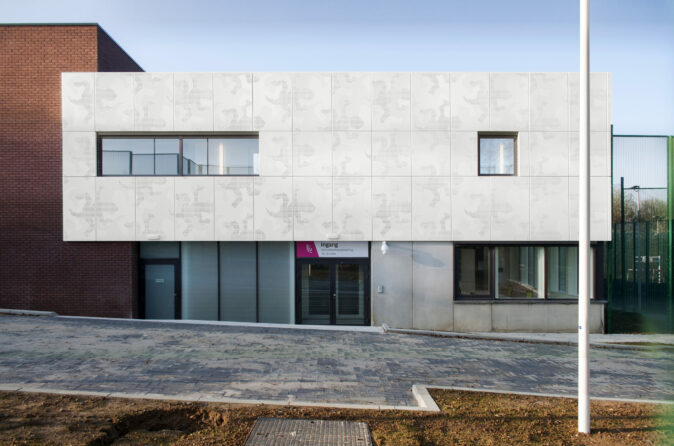
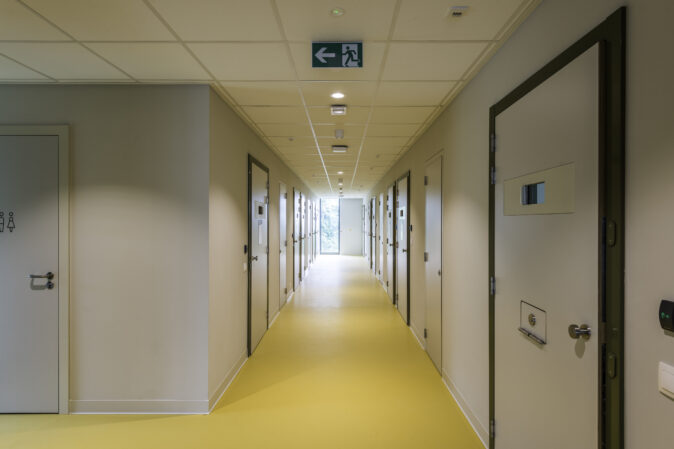
want to know more about assar or contribute to its continuous development